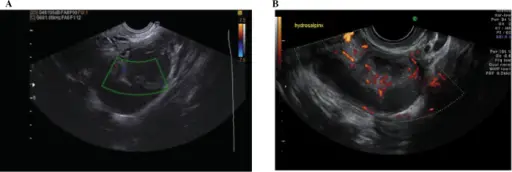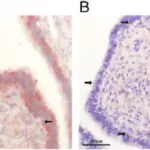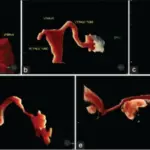Suppurative salpingitis is an infection and inflammation in the Fallopian tubes with pus formation.
What is the Pathology of Suppurative Salpingitis?
The pathology of suppurative salpingitis is:
-Etiology: The cause of suppurative salpingitis is bacterial infection
-Genes involved: None.
-Pathogenesis: The sequence of events that lead to suppurative salpingitis is inflammation.
-Morphology: The morphology associated with suppurative salpingitis shows inflammation.
-Histology: The histology associated with suppurative salpingitis shows inflammatory infiltrate.
How does Suppurative Salpingitis Present?
Patients with suppurative salpingitis typically females of reproductive age. The symptoms, features, and clinical findings associated with suppurative salpingitis include abnormal bleeding, worse abdominal pain during periods, frequent urination, creamy white discharge.
How is Suppurative Salpingitis Diagnosed?
Suppurative salpingitis is diagnosed by physical examination, bacterial culture tests, pelvic examination, blood tests, and biopsy.
How is Suppurative Salpingitis Treated?
Suppurative salpingitis is treated by antibiotics, sometimes surgery in acute cases.
What is the Prognosis of Suppurative Salpingitis?
The prognosis of suppurative salpingitis is good. The positive endocervical culture for N gonorrhoeae in the patient have relatively high frequency in the pregnant population. Therefore, routine endocervical cultures should be obtained in all pregnant patients on initial evaluation.



